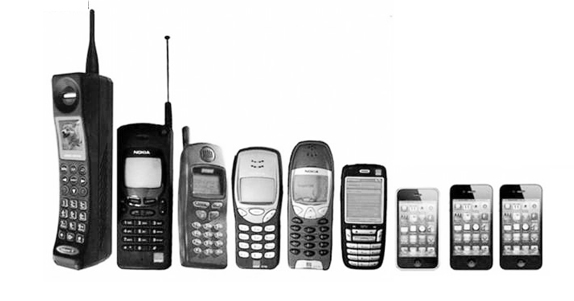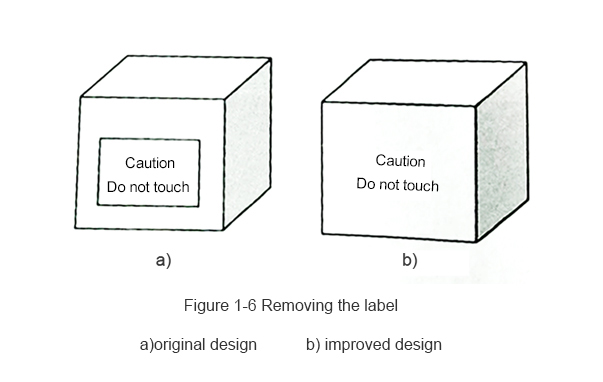1. Inspect each part and take into consideration of the possibility of removing it
From figure 1-1, we can see in original design, the product is assembled from part A-a sheet metal part and B-a machined part by welding, performing a clip function. In improved design, part B is removed and the function of clip is merged into the sheet metal part.
Figure 1-1 Considering the possibility of removing each part
a) Original design
b) Improved design
2. Merge adjacent parts into one
The criteria for judging whether adjacent parts can be merged are as follows:
1) Do adjacent parts have relative motion?
2) Shall adjacent parts be composed of different materials?
3) Does the merger of adjacent parts prevent the fixing, disassembly and maintenance of other parts?
4) Does the merger of adjacent parts make parts manufacturing complex and increase the total cost of the product?
If the answers are all "No" to the four questions above, then adjacent parts may merge into one. Figure 1-1 shows an example of merging adjacent parts A and B into a part A.
3. Merge similar parts into one
Design Tips:
In 3D design software, the product design engineer first designs a part, then assembles the part to a similar part, and then designs the features that the similar part should have. The merged part contains all the features of similar parts.
4. Merge symmetrical parts into one
Design Tips:
In 3D design software, the product design engineer first designs a part, then assembles the part to the position of the symmetrical part, and then designs the features that the symmetrical part should have. The merged part contains all the features of the symmetrical parts
5. Avoid overly robust design
Engineers can avoid overly robust product designs by relevant theoretical analysis and simulation, as well as prototypes and testing.
Too robust design will increase the number of parts and the complexity of the product, resulting in an increase in product cost.
6. Choose manufacturing processes reasonably and design multifunctional part
7. Remove labels
To mark parts, labels are often needed, which are usually fixed by bonding, snapping or fastener. Sometimes the label contents can be displayed on the parts by injection molding, die casting, stamping etc., so the labels can be canceled as shown in Figure 1-6.
8. Use new technology
When it is difficult to simplify the product by a common design, try new technologies.

Figure 1-7 Evolution of mobile phones




